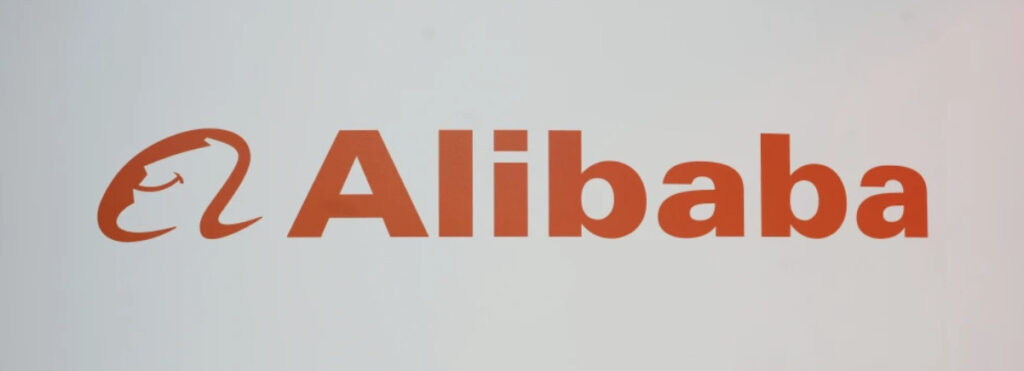In recent years, numerous cryptocurrency projects have emerged, aiming to make digital mining more accessible. Among them, Pi Network has stood out, generating both excitement and controversy since its launch in 2018. This guide delves into its origins, objectives, and the debates surrounding this mobile mining initiative.

Pi Network’s Background and Mission
Pi Network was founded by Stanford academics Nicolas Kokkalis and Chengdiao Fan with the mission of democratizing cryptocurrency mining by enabling users to mine on their mobile phones, unlike traditional mining which requires expensive hardware. Launched in 2019 with its first whitepaper, the project uses a mobile app as its main platform and requires new users to join by invitation, which has helped build a strong community.
How Pi Network Works and Its Development Phases
According to its 2021 whitepaper, Pi Network follows a three-phase development model:

- Beta Phase: This initial phase introduced the app on major platforms, growing the community to about 3.5 million users worldwide.
- Testnet Phase: Launched in March 2020, this phase included a live Testnet with over 10,000 fully functional community nodes and over 100,000 daily active nodes.
- Mainnet Phase: Started in December 2021, this phase has two stages: the “Closed Mainnet” and the anticipated “Open Mainnet,” which has faced delays, causing frustration within the community.
Pi Coin – The Network’s Cryptocurrency
Pi Coin (PI) is the native token mined through the mobile app, with a maximum supply of 100 billion coins. However, concerns about its inflationary potential and economic impact have been raised.
Controversies and Community Issues
Pi Network has faced criticism due to:
- Development Delays: The Open Network launch, initially expected in early 2022, has been repeatedly delayed, leading to doubts about the project’s future.
- Transparency Concerns: Discrepancies between the claimed 60 million users and the 9.11 million wallets tracked by blockchain explorers have raised questions about its transparency.
- Extensions of the KYC Grace Period: Multiple extensions, meant to be inclusive, have led to accusations of delaying tactics.
- Data Privacy and Regulatory Issues: Concerns have been raised about the extensive personal data required for KYC and investigations by regulatory bodies.
- Advertising Revenue: The project’s monetization through ads has led to skepticism about its priorities.
Recent Developments and Community Sentiment
Despite the controversies, Pi Network continues to engage its community with initiatives like the Pi App Incubator and Pi Influencer Program. However, delays and unmet promises have led to increasing frustration among long-time supporters.

Is Pi Network Worth the Hype?
Pi Network’s vision of accessible mobile cryptocurrency mining is appealing, but its journey has been complex, marked by delays, transparency issues, and regulatory challenges. Prospective users should weigh these factors and conduct thorough research before investing time or resources.
Conclusion
Pi Network presents an innovative approach to crypto mining, but its success hinges on addressing community concerns, maintaining transparency, and fulfilling its promises. The anticipated Open Network launch in early 2025 could be pivotal for its future.





